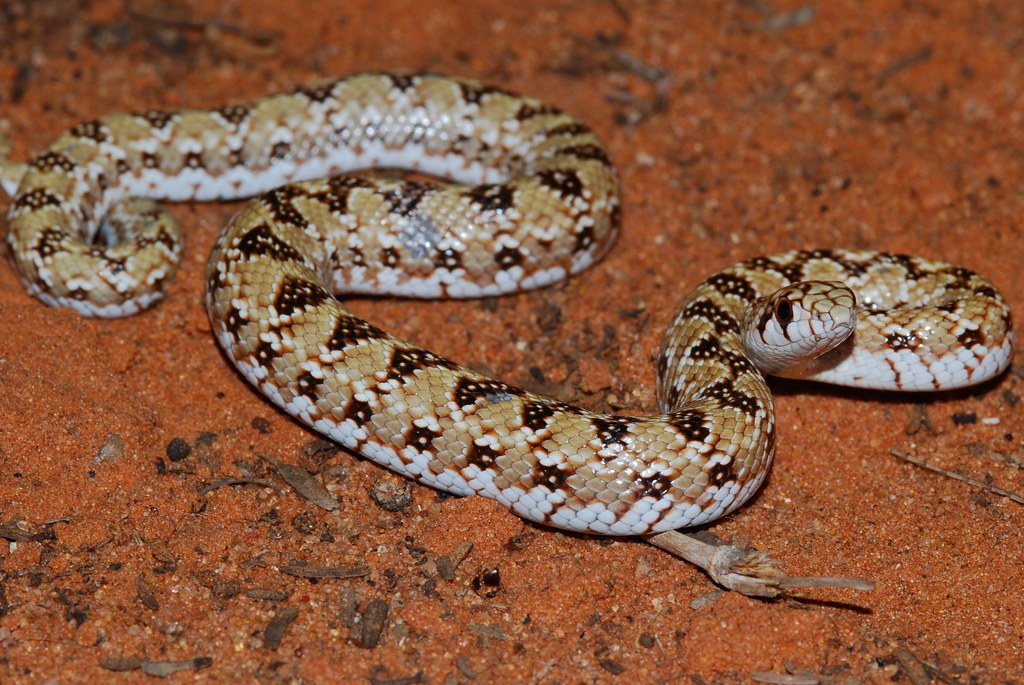In the complex ecosystem of agriculture, not all heroes wear capes—some slither silently through fields, providing invaluable pest control services. While snakes often trigger fear and misconception, certain species serve as natural allies to farmers worldwide by hunting and consuming rodents and other crop-destroying pests. These beneficial reptiles represent a fascinating example of biological pest control, offering sustainable alternatives to chemical pesticides and demonstrating the intricate balance of agricultural ecosystems. Their presence can significantly reduce crop damage, increase yields, and contribute to more environmentally friendly farming practices—making them unsung heroes of food security across the globe.
The Agricultural Pest Problem
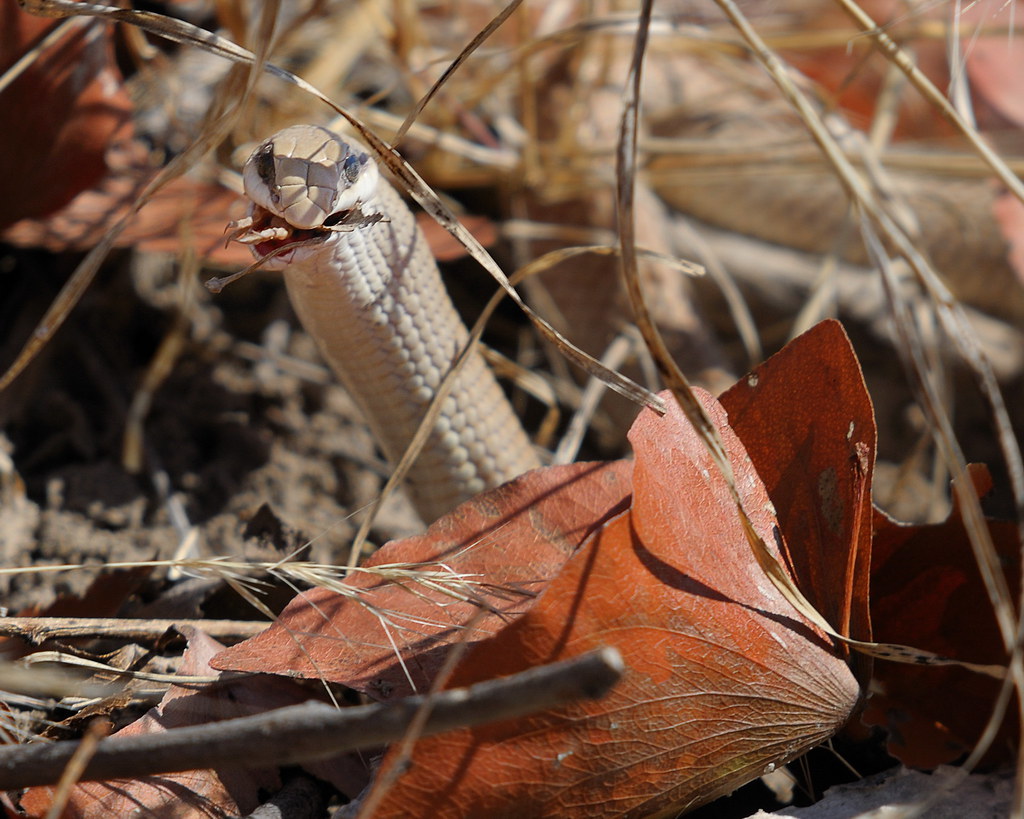
Crop damage from pests constitutes one of agriculture’s most persistent and costly challenges, with global annual losses estimated at 20-40% of potential production. Rodents alone destroy approximately 5% of harvested grain worldwide and damage up to 15% of certain crops before harvest. These small mammals reproduce rapidly, with a single pair of rats potentially producing over 1,000 descendants in a single year if left unchecked. Beyond direct consumption of crops, rodents contaminate far more food with urine, feces, and hair, making pest control not just an economic concern but also a matter of food safety and public health.
Rat Snakes: The Farmer’s Friend
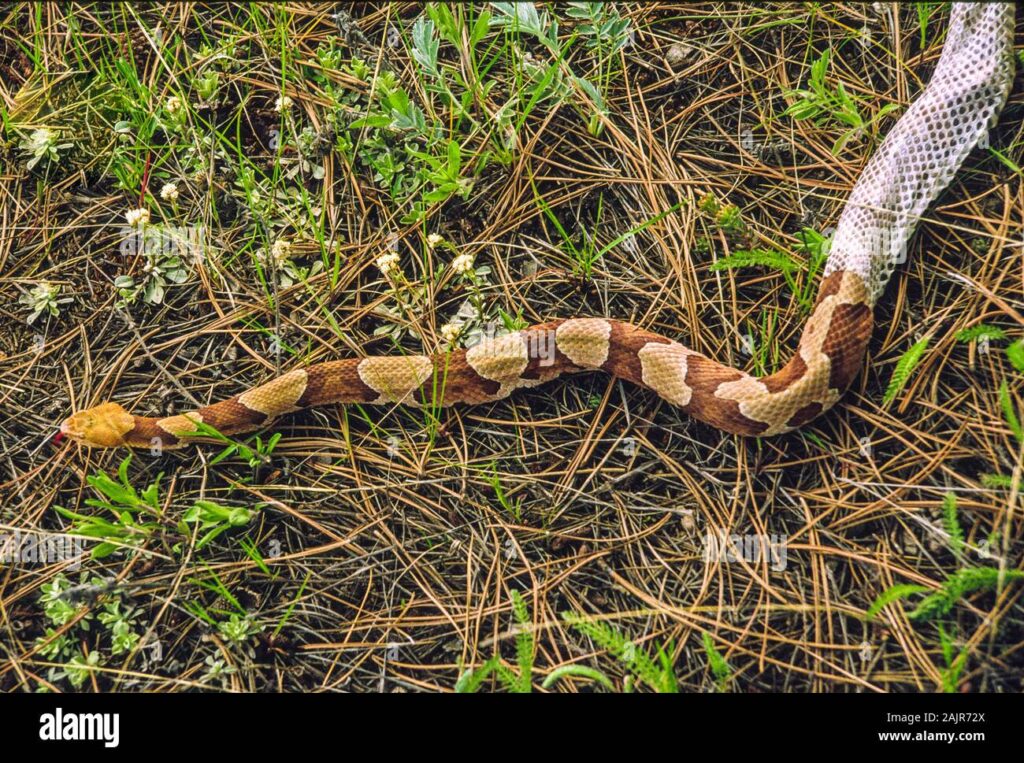
Rat snakes represent one of the most beneficial snake groups for agricultural pest control, with species found across North America, Europe, and Asia. These non-venomous constrictors can grow up to six feet long and possess remarkable climbing abilities that allow them to pursue rodents in trees, barns, and other elevated locations inaccessible to many predators. A single adult rat snake can consume between 15-30 rodents per year, with some particularly active individuals capturing even more. Their presence creates what ecologists call a “landscape of fear,” where rodents limit their movement and reproductive behaviors even when not directly hunted, multiplying the snake’s pest control impact beyond actual consumption numbers.
King Snakes: The Supreme Rodent Controllers
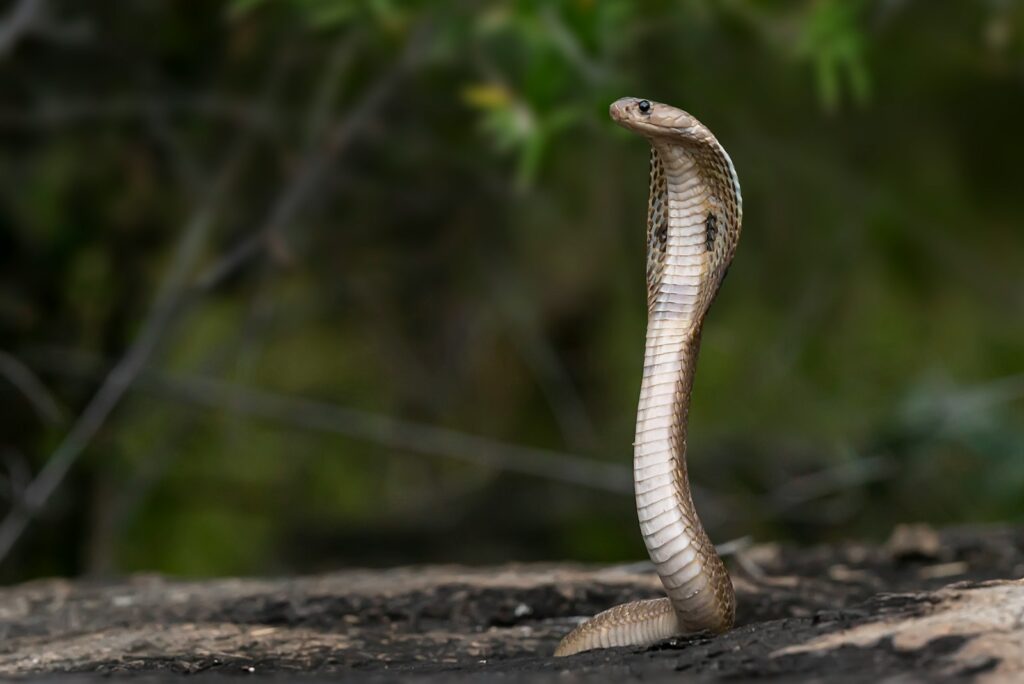
King snakes stand among the most efficient rodent predators in the reptile world, with species like the common kingsnake (Lampropeltis getula) providing exceptional pest control services. These strikingly patterned snakes possess natural immunity to the venom of pit vipers, allowing them to prey on rattlesnakes and other venomous species, effectively delivering double pest control benefits. Their powerful constrictive abilities enable them to subdue prey significantly larger than their head size, including adult rats that might be too large for other similar-sized snake species. Research indicates that agricultural areas with healthy kingsnake populations typically experience up to 25% less rodent damage compared to similar habitats where these beneficial reptiles have been removed or reduced.
Indigo Snakes: The Gentle Giants
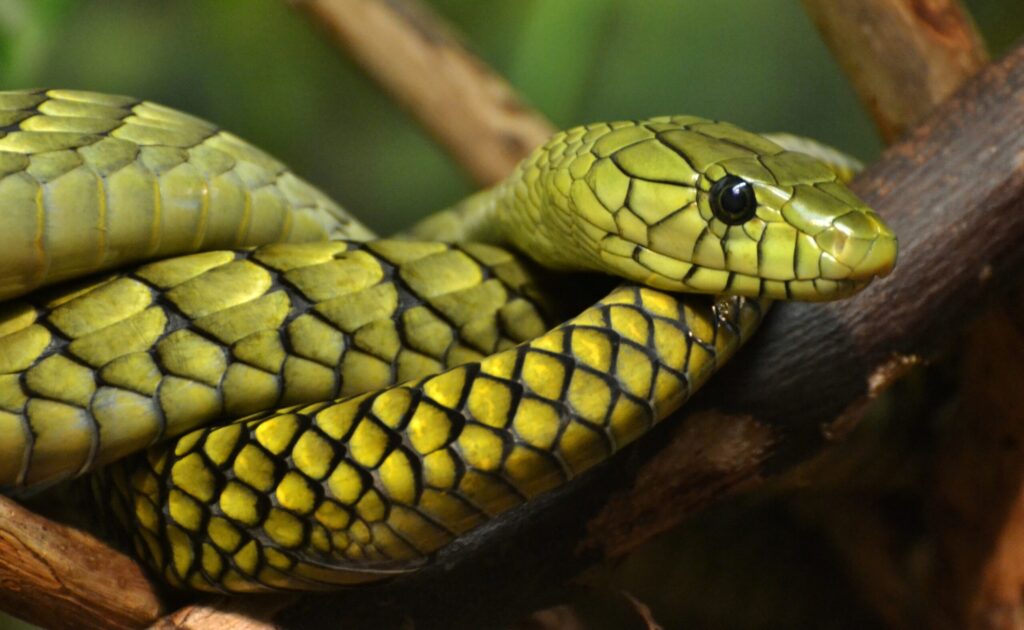
The eastern indigo snake (Drymarchon couperi), North America’s longest native snake, represents a powerful ally in pest control despite its threatened status. These magnificent reptiles can reach lengths exceeding eight feet and possess appetites proportional to their impressive size, regularly consuming rats, mice, rabbits, and even other snakes that might threaten crops. Their large territories, sometimes exceeding several hundred acres, allow them to patrol extensive agricultural areas, providing wide-ranging pest management services. Unfortunately, habitat loss and persecution have dramatically reduced indigo snake populations, with conservation efforts now focused on reintroducing these beneficial predators to areas where they once thrived as natural pest controllers.
Gopher Snakes: Specialists in Rodent Control
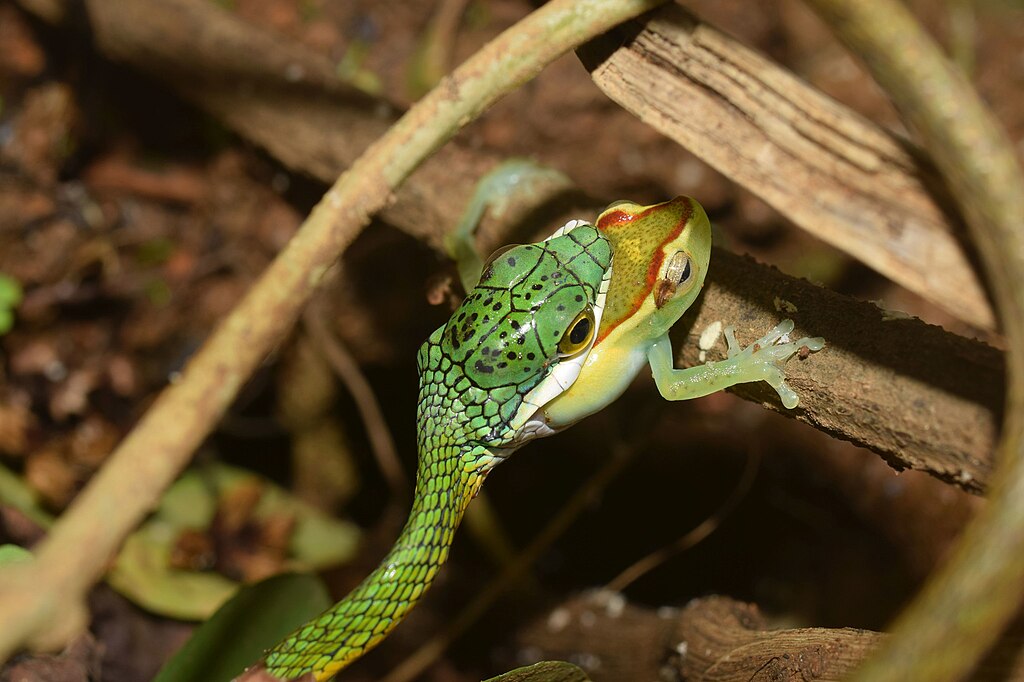
Gopher snakes (Pituophis catenifer) have earned their name through their remarkable ability to pursue burrowing rodents underground, accessing pest populations that remain protected from birds of prey and other surface predators. These determined hunters can follow gophers, ground squirrels, and voles through their tunnel systems, eliminating pests that cause significant damage to plant roots and underground crops. Their powerful bodies allow them to consume prey whole that may be up to 40% of their own body weight, making them extraordinarily efficient predators. In agricultural studies, fields with resident gopher snake populations showed reduced rodent burrow systems by approximately 30% compared to similar fields without these beneficial reptiles.
Economic Benefits of Snake-Based Pest Control
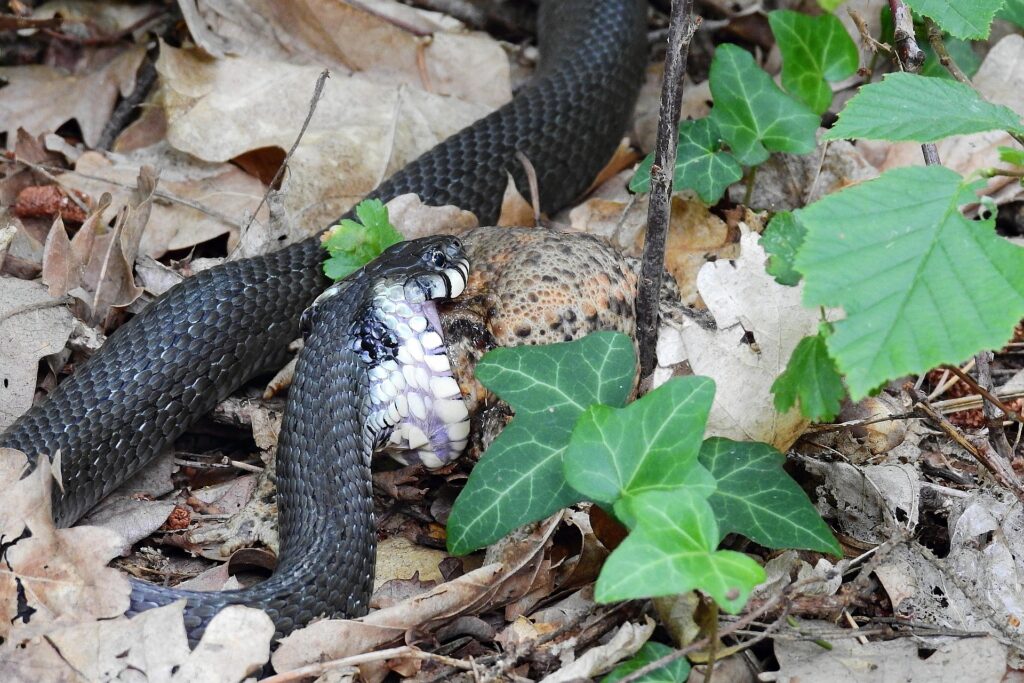
The economic value of snakes in agricultural settings extends far beyond the simple calculation of rodents consumed. When researchers quantify the ecosystem services provided by these reptiles, the figures become substantial—with estimates suggesting that a single snake can prevent hundreds of dollars in crop damage annually. In rice-growing regions of Asia, areas with protected snake populations demonstrate crop yields averaging 10-15% higher than comparable fields where snakes are systematically removed. The reduction in grain losses during storage represents another significant economic benefit, with properly managed agricultural ecosystems featuring healthy snake populations showing measurably lower post-harvest losses. Additionally, the decreased need for chemical rodenticides generates both direct cost savings and reduced environmental impact, creating multiple economic advantages from these natural pest controllers.
Environmental Advantages Over Chemical Controls
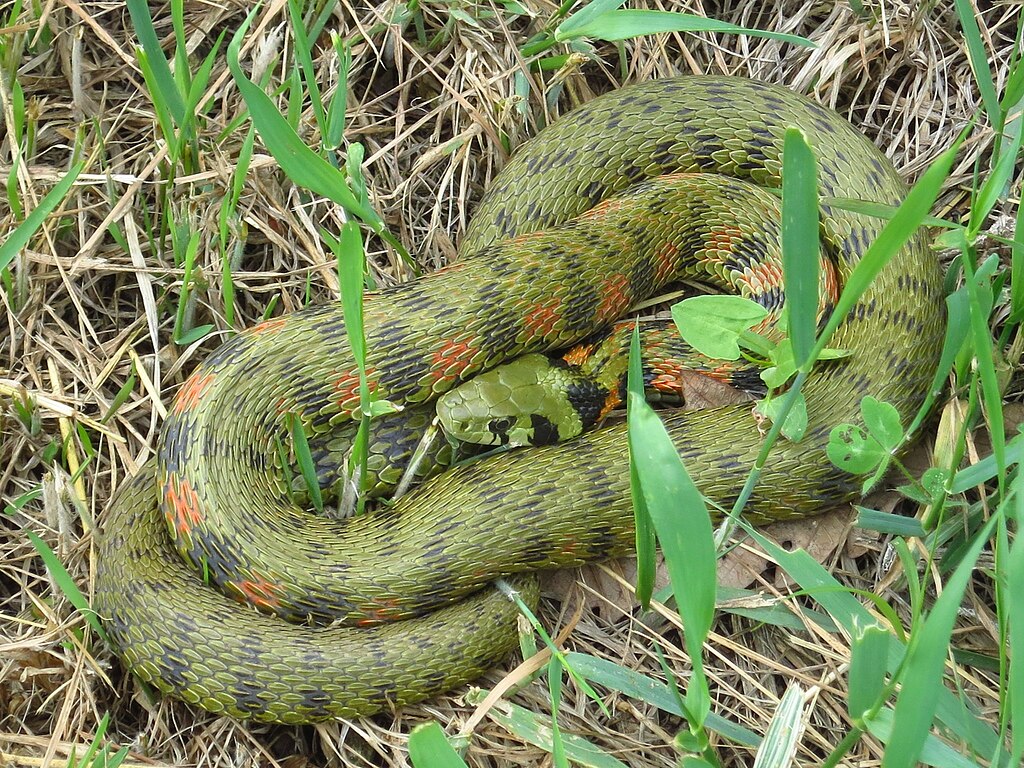
Biological pest control through snake predation offers substantial environmental benefits compared to chemical alternatives, creating sustainable cycles of natural regulation. Unlike rodenticides, which can accumulate in the food chain and affect non-target species, snakes selectively target pest populations without leaving toxic residues in soil or water. Their presence represents a self-sustaining control system that adjusts naturally to pest population levels, increasing hunting activity when rodents become abundant and switching to alternative prey when necessary. This natural balance prevents the resistance issues common with chemical controls, where successive generations of rodents can develop immunity to poisons, requiring ever-stronger toxic applications. Furthermore, the preservation of snake populations supports broader biodiversity, maintaining healthier ecosystems with multiple layers of natural checks and balances.
Cultural Barriers to Snake Conservation
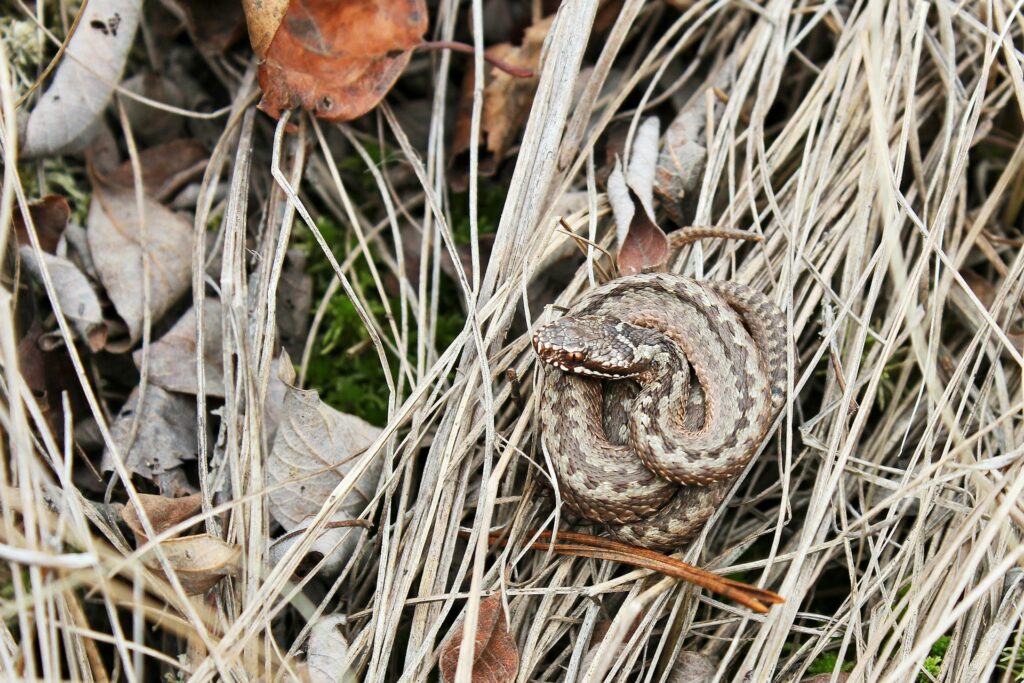
Despite their agricultural benefits, snakes face persistent cultural barriers to acceptance, with deep-rooted fears limiting their recognition as beneficial wildlife. Religious and mythological associations have portrayed snakes negatively across many cultures, establishing prejudices that often override rational understanding of their ecological role. Media portrayals frequently emphasize dangerous snake encounters while underrepresenting the reality that most species pose no threat to humans and actively benefit agricultural communities. The instinctive fear response that many humans experience toward snake-like shapes appears to have evolutionary origins, making education about beneficial species particularly challenging. Overcoming these cultural barriers requires consistent educational efforts that acknowledge legitimate safety concerns while highlighting the substantial economic and environmental benefits these reptiles provide.
Integrating Snakes into Pest Management Plans
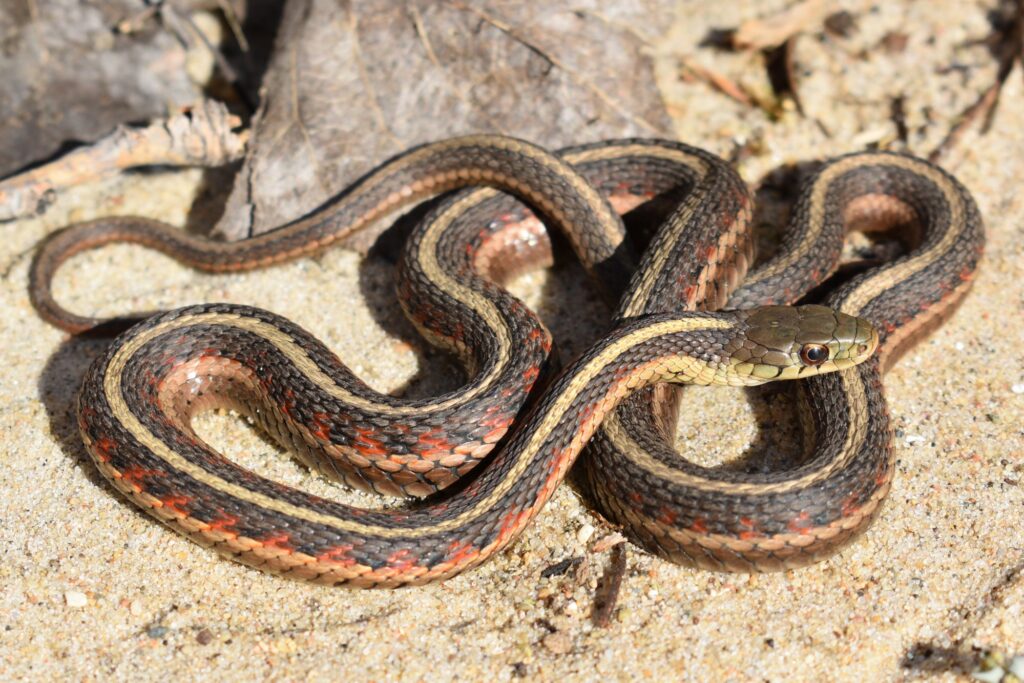
Forward-thinking farmers increasingly incorporate snake habitat preservation into integrated pest management strategies, recognizing these reptiles as valuable allies rather than threats. Creating snake-friendly environments involves maintaining uncultivated field margins with rock piles, brush heaps, and fallen logs that provide essential shelter while keeping snakes close to agricultural areas where they perform pest control. Some agricultural extension programs now recommend installing specialized “snake boards”—flat pieces of plywood or metal sheeting placed strategically around fields—providing artificial shelter that attracts and retains beneficial snake species. Timing field operations to avoid snake breeding and hibernation periods helps maintain stable populations, while educating farm workers about snake identification prevents harmful encounters and unnecessary killing of beneficial species. These integrated approaches represent a growing recognition that working with natural predators rather than against them creates more resilient and productive agricultural systems.
Success Stories from Around the World
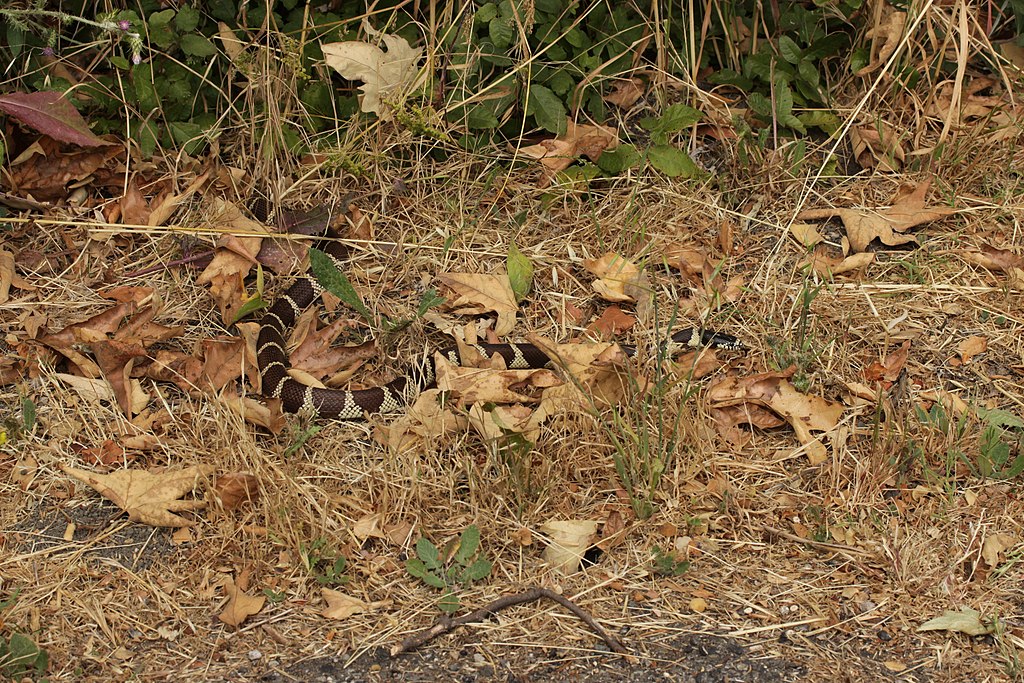
In Thailand’s rice-growing regions, communities that have embraced traditional snake conservation practices report significantly lower rodent damage compared to areas utilizing primarily chemical controls. Indian farmers participating in the “Save the Snake, Save the Crop” initiative have documented yield increases of up to 20% after implementing snake-friendly farming practices in their rice and wheat fields. Australian macadamia nut orchards with protected carpet python populations experience measurably lower losses to rat damage, with some growers actively relocating these beneficial reptiles to their properties rather than removing them. In California vineyards, wine producers maintaining gopher snake habitat along field margins report reduced rodent damage to irrigation systems and young vines, translating to substantial cost savings in infrastructure repair and replacement. These diverse examples demonstrate that across different crops and continents, snake conservation consistently delivers agricultural benefits.
Safe Coexistence with Beneficial Snakes
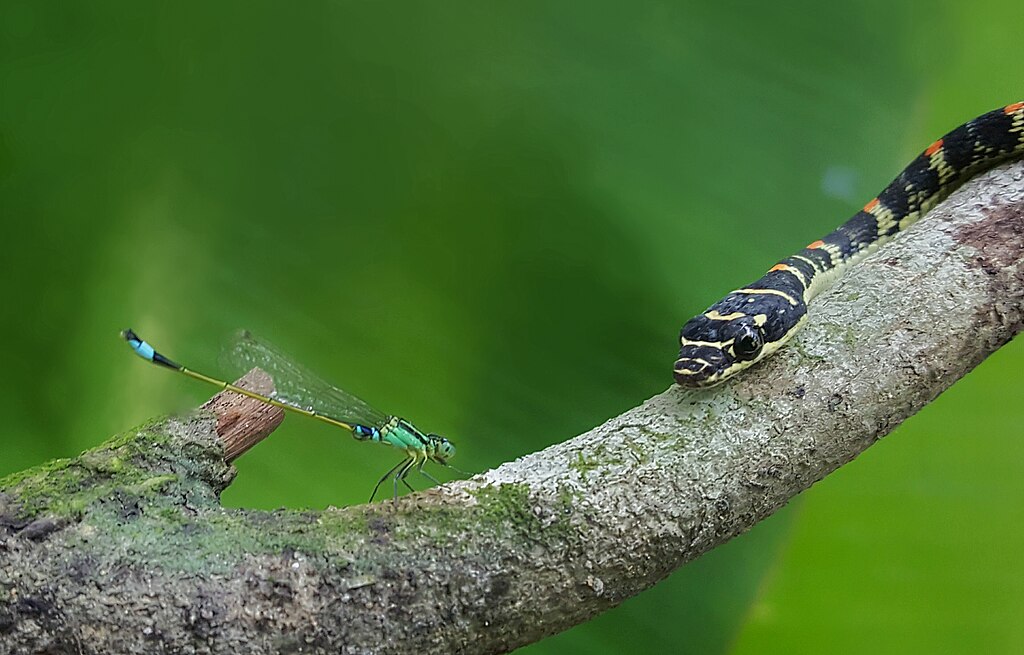
Establishing safe coexistence between farmers and beneficial snakes requires practical knowledge and sensible precautions rather than fear-based responses. Agricultural workers benefit from basic snake identification training that distinguishes harmful species from beneficial ones, allowing appropriate responses based on actual risk rather than general fear. Simple preventive measures—like watching foot placement, wearing appropriate footwear, and using tools to move debris before reaching with hands—dramatically reduce snake encounter risks while allowing these beneficial reptiles to remain in agricultural areas. Creating designated snake habitats away from high-traffic human areas offers an effective compromise, keeping these natural pest controllers in the vicinity without increasing workplace hazards. Education about snake behavior helps workers understand that most species actively avoid human contact, posing minimal risk when basic precautions are observed.
The Future of Snake-Based Biological Control
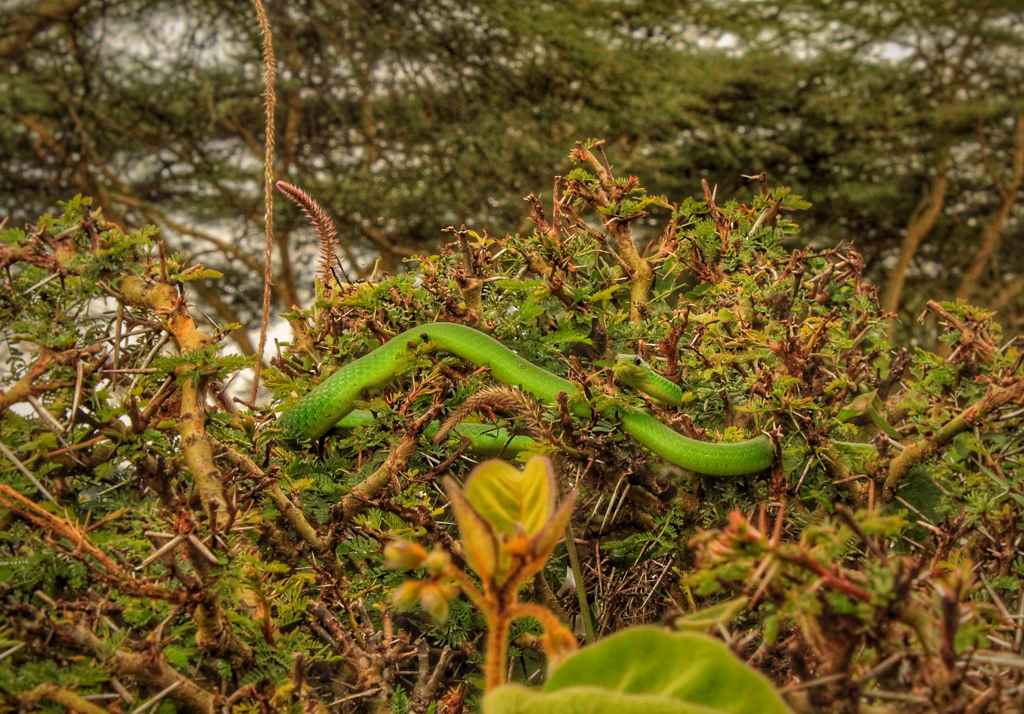
The growing interest in sustainable and organic farming practices has sparked renewed scientific attention on snake contributions to agricultural ecosystems. Researchers are developing improved methods for quantifying the economic value of snake predation, creating more precise cost-benefit analyses that help farmers recognize the financial advantages of snake conservation. Emerging technologies, including specialized snake habitat structures designed specifically for agricultural settings, aim to maximize beneficial snake presence while minimizing human-snake conflicts. Conservation breeding programs for particularly beneficial species like indigo snakes now include agricultural release components, strategically reintroducing these natural pest controllers to farms where they can provide maximum benefit. These combined approaches suggest a future where snakes become increasingly recognized as valuable components of sustainable agricultural systems rather than unwelcome intruders.
Conclusion: Reimagining Our Relationship with Snakes
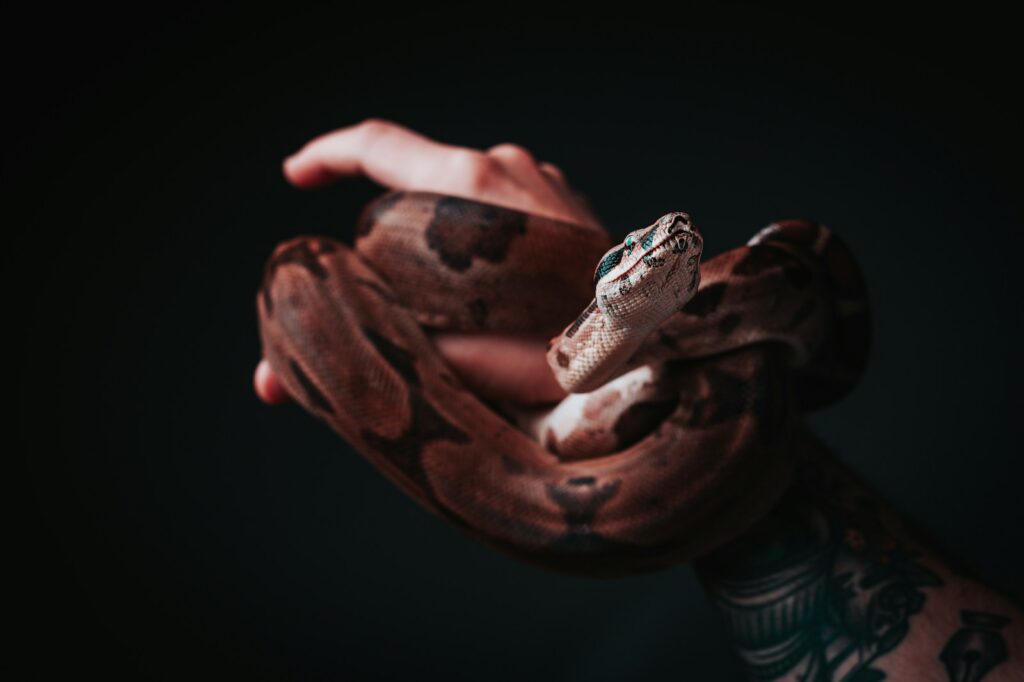
The role of snakes as agricultural allies challenges us to reconsider our relationship with these often-misunderstood reptiles. Beyond simply tolerating their presence, forward-thinking agricultural communities are learning to actively value and protect snake populations as essential components of productive farming ecosystems. This shift represents not only a practical approach to sustainable pest management but also a broader reconciliation between human food production and natural systems. By recognizing that certain snake species provide irreplaceable services in controlling agricultural pests, we open the door to more harmonious and productive relationships with the natural world. The humble snake—long feared and persecuted—may ultimately represent one of our most valuable partners in building resilient, productive, and environmentally sound food systems for the future.

